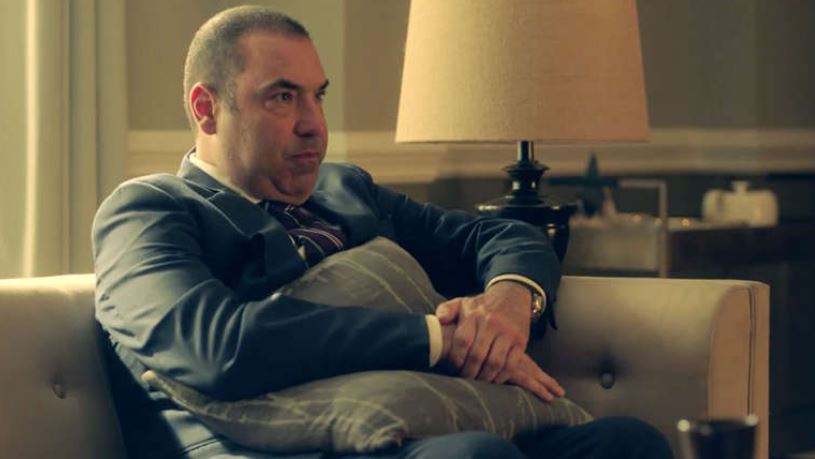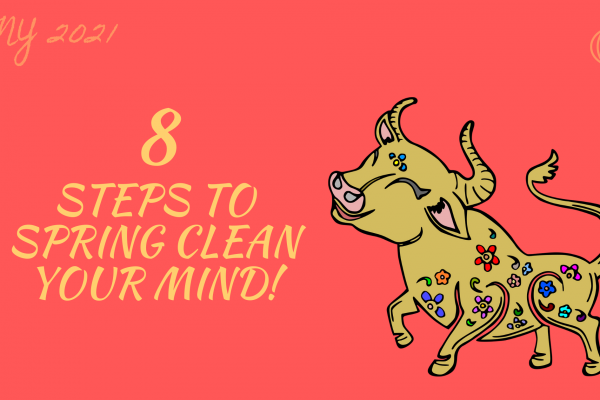You know how you’re watching a show and there’s a scene with a psychologist “therapising” his client, who is laying on a couch, or maybe calling his therapist in the middle of the night and screaming at him? Ok, so I’m pretty much describing Louis Litt from one of my favourite shows, Suits.



But, no. Seeing a therapist isn’t like that. Well, not for most of us, at least.
Let’s get a key point out of the way. Let’s assume that you have found someone with whom you vibe so well. That is the most important advice anyone can give about whom you should end up selecting to be your therapist. The vibe.
On that note, if you’ve decided on therapy, and are doing your research on psychologists, psychiatrists, counsellors, therapists etc and getting confused. Don’t worry, I got you. Check out my How to Pick a Therapist Who is Right for You article.
For the sake of narrowing my focus for this article though, please note that I am talking about seeing a psychologist. Psychologists are my choice for therapy because for more “serious” or “long-term issues” fraught with a lifetime of hurt, they have the skills and capability to perform psychological testings and use established psychotherapy practices such as Schema Therapy, Cognitive Behavioural Therapy, Acceptance Commitment Therapy and so on. If you have deep-seated emotional issues, they would be your best bet.
Ok, so you’ve found someone with whom you have a great vibe, what happens in-session?
There is not just one cookie-cutter approach. It depends on the therapist, the client and so on. So do bear in mind that my article is based on my own experience with therapy.
In a nutshell, I feel that it’s something like talking to your friend but a professionally qualified version.
A professional who will ask you about what is going on with you, what is troubling you, basically, encourage you to open up. Then they will ask you how you feel about specific things. And then do you know why you feel like that? And then, provide insights into your feelings and finally, suggest coping mechanisms.
There might be breakdowns and breakthroughs, but no smashing things around or yelling at a poor, long-suffering person with a notebook and pen in hand. These days, they use tablets.
But let’s get serious now.
What you put in it, you get out of it.
First, you’ll obviously have to open up and share. A lot.
What and how much you share really depends on what you are hoping to achieve. So, ideally you’d go in with an objective in mind. Especially when you have many troubling issues that are all muddled into one cloudy cocktail, it might be hard to zero in on what you need, but a general focus and objective to work towards is good.
At your first appointment, you’ll have to do some administrative work like filling up a form, where it is likely that you will be asked to state what your objectives for seeking counselling or therapy are. Remember, everything you say is confidential. There will be an exclusion if you might pose a danger to yourself or someone else.
Then there would be a couple of “intake” sessions where the therapist will just listen to you. They need to gather information and understand what’s bothering you in a couple of sessions, which is no easy task, I’m sure. While some may just have one intake sessions, the psychologist needed three sessions with me, because my issues stem from a complex background that have spanned my life.
They will review vis a vis your objectives or reason for being there in the 1st place and formulate a treatment plan for you.
As the sessions progress, the therapist will help you to process your feelings, understand the impact of the past, and provide you with a psychological toolkit to cope.
From each session, the therapist will learn more about you, and can help you sharpen the objective and focus of your therapy as well. Therapy is a 2-way process, no doubts about it. You have to commit and participate wholeheartedly for it to help.



And after a couple of months, are you “cured”?
One thing to note is that therapists may not prescribe an exact course of action, and they certainly should not dictate what you should do.
For example, my therapist suggested I reach out to my dad, from whom I am estranged, because obviously some of the issues stem from that, but she did not push me. I said it would be highly unlikely that I would do so, despite being fully aware that it might provide me with some answers, or not. And it was left as that.
You’ll take away some learnings, ways to deal and so on after each session, which you can then practise in your daily life and then, give feedback to the therapist and the cycle goes on like that.
Based on your feedback, the therapist will continue to tweak the therapy sessions, whether it’s the kind of therapy they suggest or the length and frequency of the sessions.
For example, my therapist drew from a combination of Schema therapy practices and other modalities as well as highlighting some areas (Self-Compassion and Assertiveness Training) that were not necessarily what I might have gone to therapy for but as the sessions went on, we realised it would be beneficial for me to work on.
As for the duration, it seems as though you start with weekly sessions for the 1st few months, and then, either bi-weekly or monthly, and you stop when you are ready.
When do you stop?
That’s also another important point – therapy is your choice, what you put into it is what you get out of it. And when you stop, whether you take a break, because therapy can be tiring, and so on, is really all up to you.
Remember that it isn’t like a course of antibiotics – there is no fixed, scheduled prescription.
Of course, me being me, I wanted to ensure I did my best at therapy (I was told by my psychologist that I have “Unrelenting Standards”, a psychological term used in the diagnostic assessments in Schema therapy), so yes, why not check out my top tips on How to Get the Most Out of your Therapy Sessions.
But yes, thanks to having more insight into my maladaptive schemas, I am working on my Unrelenting Standards, being more “chilled”. It is a work-in-progress, one I am not sure will ever be completed but the awareness, management and improvement is what matters to me.
So, to summarise:
- Find the right person with whom you have a good vibe.
- It might be uncomfortable but you need to be brutally open and honest.
- Note that it is a 2-way process.
- There is no “cure” but rather, learnings, skills and a lifetime of managing and improving yourself.
I hope this article has been useful to you and good luck on your journey to better mental health!
Other Articles in the Talk Therapy series:
Confused by all the different options? How to find the right therapist for you.






3 thoughts on “What it’s really like to see a therapist.”